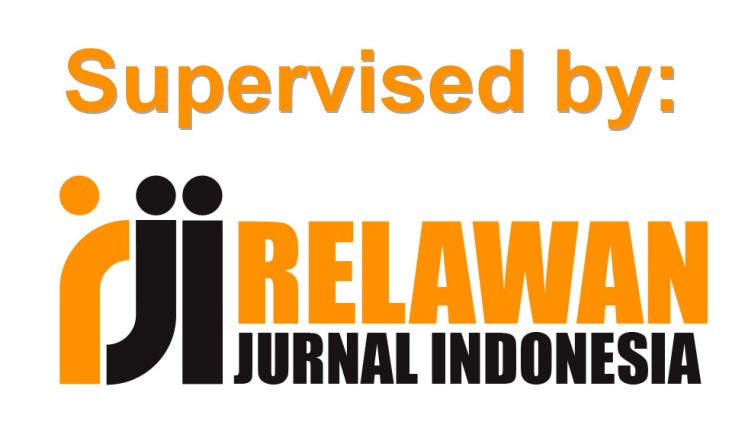STRUKTUR TATAK MAMURO PADA MASYARAKAT PAKPAK DI KABUPATEN PAKPAK BHARAT
DOI:
https://doi.org/10.24114/senitari.v5i2.3866Keywords:
Dance Structure, Tatak Mamuro, Pakpak PeoplesAbstract
This study discusses, Structure mamuro community in Pakpak Bharat Pakpak. The population in this study isin the Village Peoples Pakpak Pardomuan District of Bharat Pakpak kingdom, artist, custom dean or figures,and dancers who know the neighbor dance tradition Pakpak especially Tatak MamuroTheoretical foundation used in this research is the theory of the structure of Martin and Pesover in the bookAnya Peterson Royce, judging from the shape and morphology of dance.Data analysis techniques used in this research is descriptive qualitative, are interpreted and formulated betweenthe data with each other data so that data is accurate and carefully, in accordance with the form of datacollected through interviews, observation, documentation and literature study.Based on the results of research conducted, then Mamoru There is a dance that illustrates how the fields thatrepel birds to be harvested rice is not eaten by birds. It is known that farming for society Pakpak is onelivelihood to survive. Mamuro Tatak structure has the form of four varieties (1) pulling the rope (kinarik tinali)(2) establish new rice bind (a new page ipencer italy) (3) hunting (merburu) (4) applause (applause). The musicused in Tatak Mamuro is Pantar Cross with the instruments used are: gung, kalondang, lobat, harp, andclothing dipake in Tatak Mamuro is customary fashion Pakpak Dairi and using catapults property. In thestructure of Tatak Mamuro there are three stages: The first stage is a salutation (njuah-juah), the second stageis the content that describes repel birds (Mamuro), and the third stage is as regards cover. Tatak this Mamuroordinary dipagelarkan as a means of entertainment on society Pakpak people party or (Njuah-juah).Downloads
Issue
Section
License
Copyright (c) 1970 Morris Kembaren

This work is licensed under a Creative Commons Attribution-ShareAlike 4.0 International License.
Authors published with the Gesture: Jurnal Seni Tari agree to the following terms:
- Authors retain copyright and grant the journal the right of first publication with the work simultaneously licensed under a Creative Commons Attribution License (CC BY-SA 4.0) that allows others to share the work with an acknowledgment of the work's authorship and initial publication in this journal.
- Authors are able to enter into separate, additional contractual arrangements for the non-exclusive distribution of the journal's published version of the work (e.g., post it to an institutional repository or publish it in a book), with an acknowledgment of its initial publication in this journal.
- Authors are permitted and encouraged to post their work online (e.g., in institutional repositories or on their website) prior to and during the submission process, as it can lead to productive exchanges, as well as earlier and greater citation of published work. (See The Effect of Open Access)







